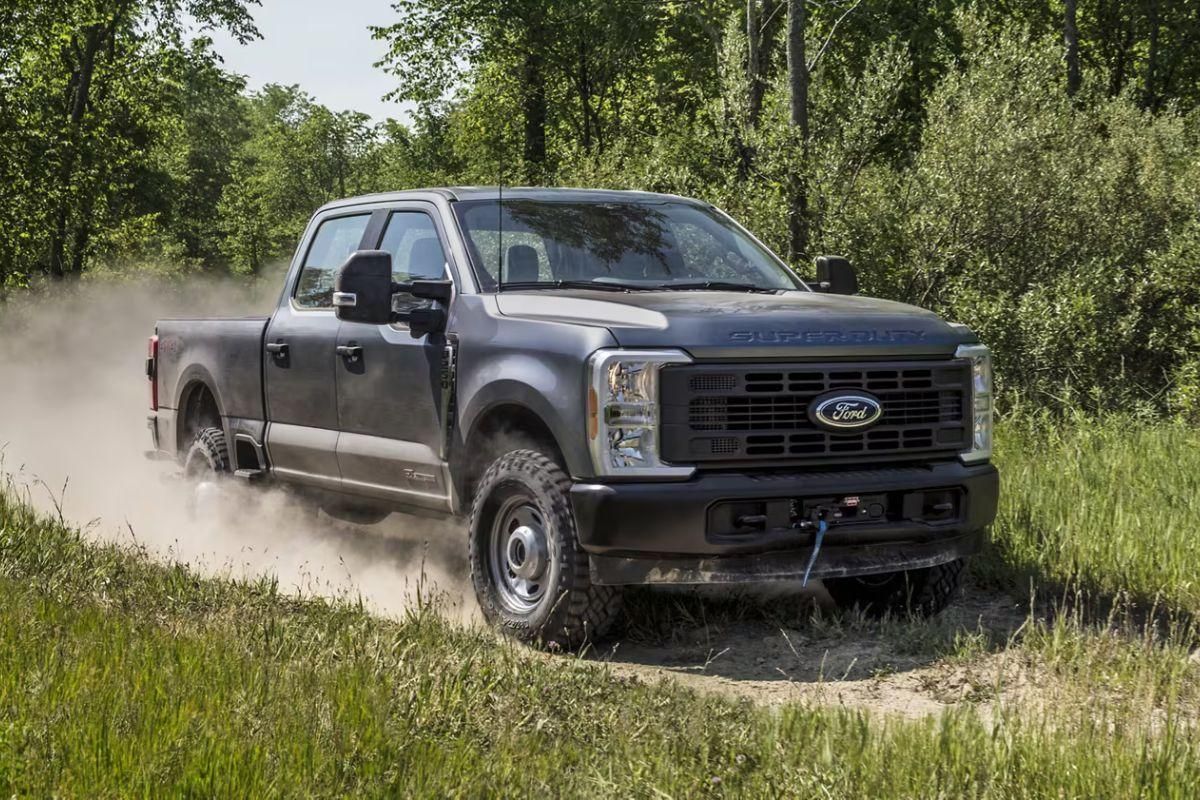Billions of dollars in unexpected tariff charges are piling up on the balance sheets of the Detroit Three automakers, and collision repair operators may be the next link in the auto value chain forced to absorb higher costs.
In Q2 2025, Reuters reported, General Motors booked a $1.1 billion hit and warned the levy could swell to as much as $5 billion this year; Ford reported an $800 million charge and lifted its full-year tariff estimate to $3 billion; and Stellantis flagged a $1.7 billion bite, the top end of its earlier guidance.
The penalties stem from a 25% duty on finished vehicles that took effect April 3, alongside 50% tariffs on imported steel and aluminum imposed in June. The tariffs apply in full to non-USMCA content, even for cars assembled in North America, and are already distorting production schedules on both sides of the border, according to automaker earnings calls.
Executives at all three companies said they are temporarily swallowing the surcharges to avoid shocking retail prices. GM Chief Financial Officer Paul Jacobson told analysts the company is chasing “manufacturing adjustments” and selective cost cuts to blunt the $4 billion to $5 billion annual drag.
Ford CEO Jim Farley said he is in “daily contact” with the White House over parts-specific relief but conceded duties on aluminum “hit us harder” because the F-Series pickup uses an aluminum-intensive body structure.
Stellantis’ new CEO Antonio Filosa warned the conglomerate’s U.S. turnaround hinges on lowering tariff exposure; roughly 40% of the vehicles it sells domestically arrive from Canada or Mexico and thus incur some level of duty.
Steel, Aluminum Levies Ripple Through Parts Supply
The trade action is not confined to complete vehicles. The Auto Care Association notes that, as of March 12, every ton of imported steel or aluminum — core ingredients in hoods, fenders and structural components — carries a 25% surcharge, and the long-standing product-exclusion process has been terminated. The group warned that “derivative and downstream products” such as collision-repair parts fall squarely under the rule.
A July 1 report by the U.S. International Trade Commission found that USMCA rules of origin are already nudging parts sourcing toward U.S. plants but at a higher cost base, especially for aluminum body panels.
Collision Shops Face Cost-Plus Challenges
Those upstream shocks are filtering down. An April survey of 500 general repair facilities by market researcher IMR found that 38.6% of shops have felt a direct tariff impact; 36.8% have raised retail prices, and the share jumps to 70% among large (eight-bay-plus) operations. Shipping surcharges and part shortages were also cited by one-quarter of respondents.
Early Q2 industry data from CCC Intelligent Solutions flags “potential tariff impacts” among the trade-related cost pressures likely to hit parts availability and repair costs in the back half of 2025. While total cost of repair (TCOR) inflation cooled to 1.1% year-over-year through Q1 2025, CCC cautions that material input spikes could reverse that trend.
Tariff volatility is also feeding production disruptions that ripple into collision labor planning. GM will drop one shift at its Oshawa, Ontario truck plant this fall, idling 750 workers, while Stellantis alternates between reduced schedules and shutdowns at Windsor and Brampton, Ontario, facilities, moves Unifor president Lana Payne called “carnage” for regional suppliers, according to Reuters. When OEM assembly pauses, aftermarket sheet-metal orders typically fall in tandem, complicating inventory turns and cash flow for distributors and body shops.











